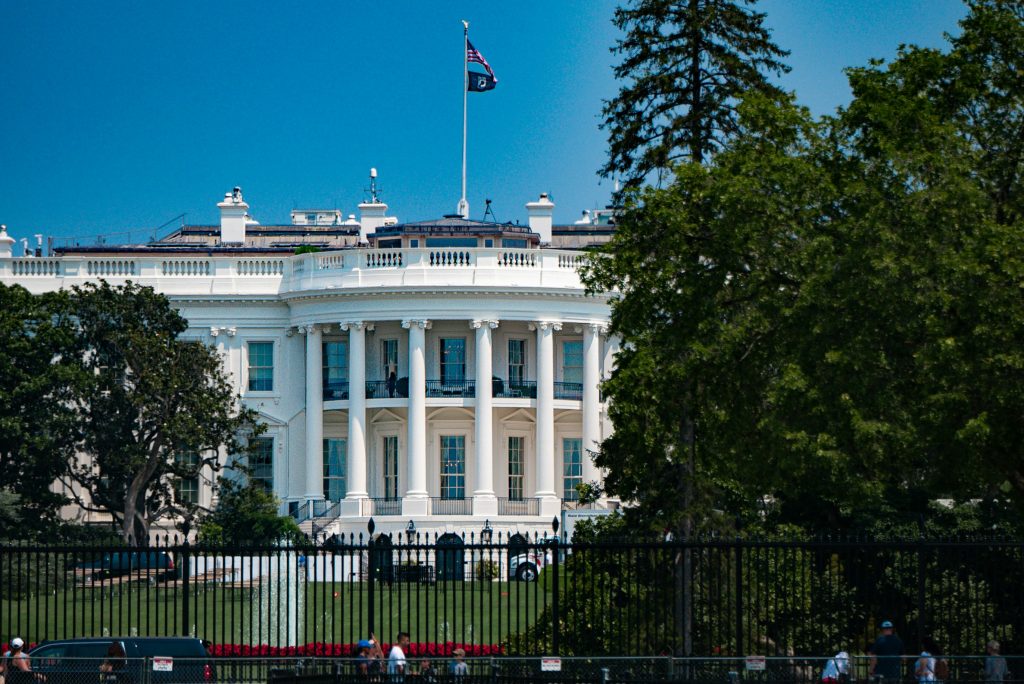On April 23, 2025, the White House issued an executive order aimed at reforming how colleges and universities in the United States are accredited. The order introduces changes intended to improve accountability, ensure better student outcomes, and shift the focus of accreditation agencies toward measurable educational quality.
Emphasis on Student Outcomes and Transparency
The executive order directs the U.S. Department of Education to work with accrediting agencies to place greater emphasis on student outcomes—such as graduation rates, employment after graduation, and overall financial return on education.
Data cited in the order highlights that many students, particularly those completing certain bachelor’s and master’s programs, graduate with significant debt and limited earning potential. These findings have prompted calls for more transparency about the value of individual programs and institutions.
To address these concerns, the order requires accreditors to:
- Use program-level data, including graduation and job placement rates, in their evaluations.
- Provide more transparent information to students and families about the performance and value of educational programs.
- Support institutions in making improvements when student outcomes fall short.
Review of Accreditation Practices
The order also calls for a review of current accreditation standards to ensure they are aligned with lawful and effective educational practices. It instructs the Secretary of Education to assess whether any accreditor requirements—such as those tied to institutional policies or internal governance—exceed what is necessary for quality assurance.
In particular, the Department of Education is asked to evaluate whether certain standards related to diversity, equity, and inclusion (DEI) initiatives are being applied in a way that may conflict with federal law or court rulings. Accreditors are expected to ensure that any policies they require institutions to adopt comply with current legal guidelines.
Encouraging Innovation and New Accrediting Agencies
Another key part of the order promotes the development of new accrediting agencies and quality assurance models. The Department of Education is directed to:
- Resume recognition of new accreditors, where appropriate.
- Launch experimental sites to test alternative forms of quality assurance.
- Streamline the Accreditation Handbook to remove unnecessary regulatory burdens.
This move is intended to foster innovation and increase competition in the accreditation space, with the goal of expanding educational opportunities and reducing barriers for new institutions.
Support for State and Local Governance
The order also reaffirms the role of state and local authorities in overseeing public colleges and universities. It instructs accreditors to respect these governance structures and avoid imposing unnecessary conditions on institutional management or leadership.
Next Steps
The U.S. Department of Education will now begin implementing the executive order’s directives. As part of this process, accrediting agencies may be required to revise their standards and procedures to align with the new federal priorities.
While responses from education leaders and advocacy groups may vary, the order represents a significant policy shift focused on performance, transparency, and regulatory reform in the higher education system.



